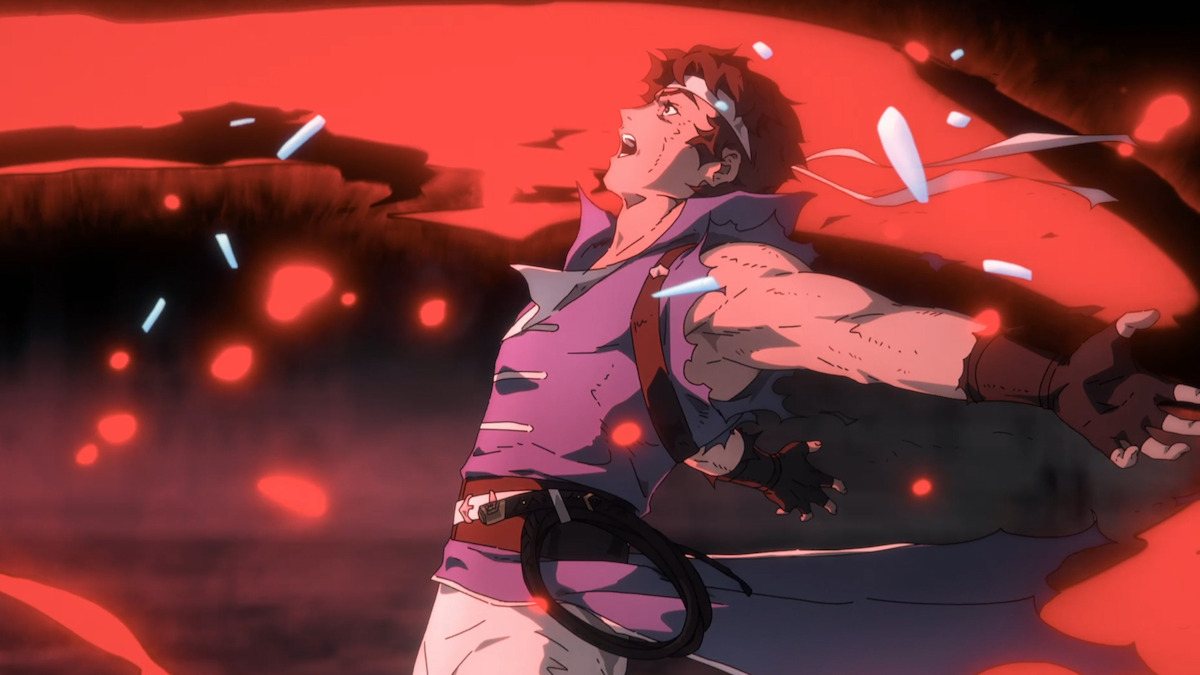In the 1890s, when cinema was in its infancy, audiences were enraptured by a particular genre of silent film known as the “phantom ride.” To make these movies, filmmakers attached a camera to the front of a vehicle in some exotic location and filmed the environment as the vehicle moved along. To early filmgoers, these simple short films were incredible, offering glimpses of completely alien locations.
In the 21st century, very few films inspire that level of awe. Even the ostensibly fantastical worlds of most recent fantasy and sci-fi films feel pedestrian and intangible. Denis Villeneuve’s “Dune: Part Two” disrupts that paradigm to an extent that hasn’t been seen since Peter Jackson’s “The Lord of the Rings” trilogy.
Take, for example, a sequence near the end of the film in which the galactic emperor visits the titular desert planet. His arrival is heralded by his personal spaceship, a massive chrome orb that soars over the sandy ridges of Dune and blocks out the sun while its engines roar with enough force to shake the theater.
It’s an arresting visual, and situating the ship in an environment that the audience is familiar with allows Villeneuve and cinematographer Greig Fraser to establish the vehicle’s astonishing scale.
The reason that “Dune: Part Two” feels so much more expansive than comparable sci-fi tentpoles is because the director and his crew are all incredible technicians. Any time Villeneuve introduces a new object or location, he immediately establishes its scale. This focus on context combines with the film’s expert blending of practical and computer-generated visual effects to ensure that every part of the “Dune” universe feels concrete and believable.
Technical perfectionism can sometimes detract from a film’s overall quality, as the focus on worldbuilding and internal logic overwhelms character beats and compelling narrative. “Dune: Part Two” avoids these pitfalls.
At its core, “Dune” is a profoundly tragic story; it ends with its central romance unresolved as protagonist Paul Atreides begins a war that he knows will end with billions dead. Paul spends much of the film trying to avoid this conflict, but in the end cannot resist.
When the novel “Dune” was originally published in 1965, author Frank Herbert was appalled that readers saw Paul as a heroic figure rather than a tragic one. When adapting the book’s second half into the “Dune: Part Two” script, Villeneuve and co-writer Jon Spaihts made it a priority to portray Paul as a misguided, tragic figure. His choice to go to war is framed as a consequence of his desire for revenge, contrasted with his love interest Chani’s warnings that he is being manipulated by his mother, Lady Jessica.
The dynamic between these three characters is perfectly embodied by the film’s lead actors. Timothée Chalamet is incredible as Paul, delivering moments of subtlety and moments of unexpected ferocity. Zendaya is less exceptional as Chani, but she’s still a capable performer, and her chemistry with Chalamet is believable. Rebecca Ferguson, who plays Jessica, is a standout, oscillating between quiet plotting and religious fervor at the drop of a hat.
Another standout performance is “Elvis” star Austin Butler as the psychotic Feyd-Rautha Harkonnen. Butler is inhuman; his body language, facial expressions and rage-filled screams are animalistic in the extreme. He is a perfect foil to Paul, representing chaos as opposed to Paul’s principled beliefs. Late in the film, Paul and Feyd-Rautha engage in a duel, one of the best-directed and edited sequences of its type in recent memory.
That duel is emblematic of what “Dune: Part Two” does so well: it’s not simply a visually striking and well-edited action sequence; it’s a culmination of multiple convergent plotlines that expertly thread together several characters’ perspectives to communicate the ramifications of the violence in question. The film’s technical excellence is obvious, but it’s even more impressive because of how well it complements the characters, narrative and themes.






